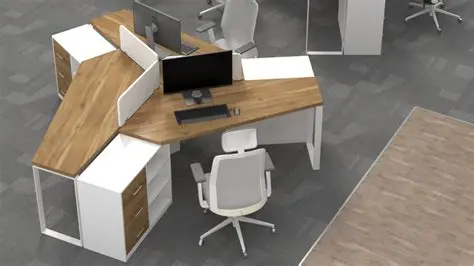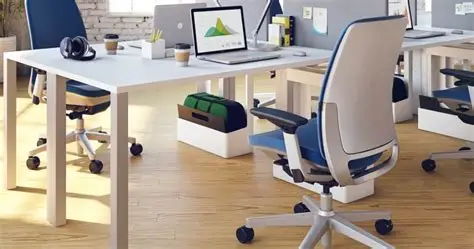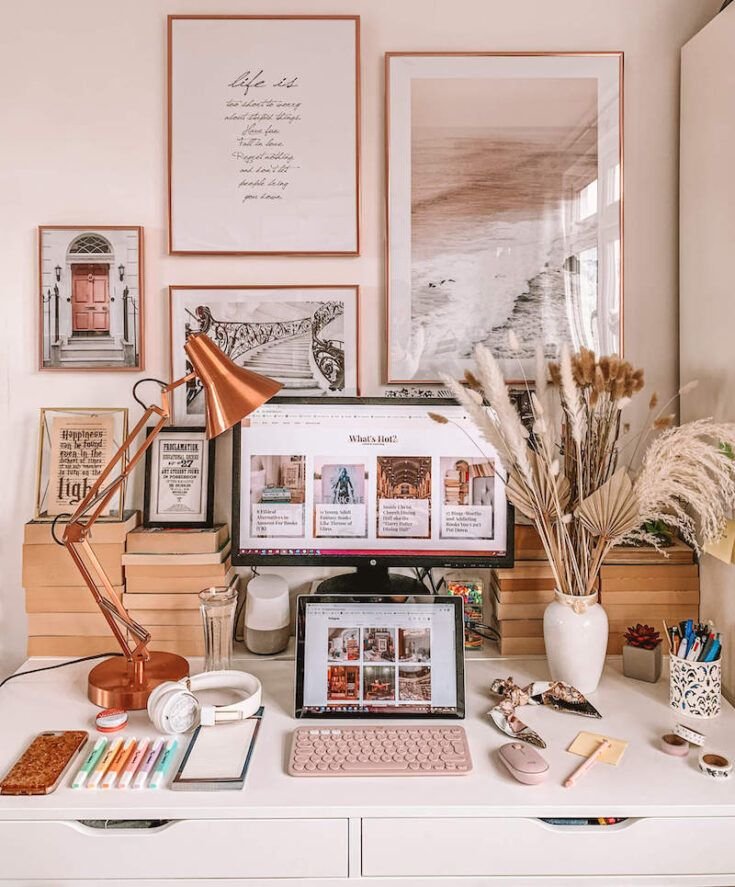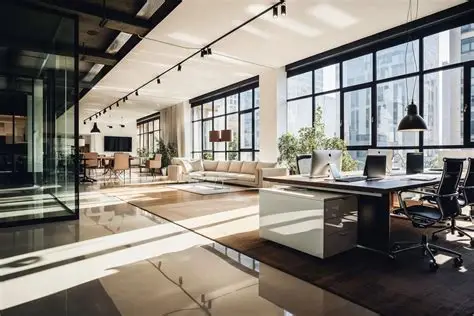
Trends in Modern Office Furniture Design
Modern office furniture design is evolving in 2025 to reflect changes in work culture, technological advancements, and employee well-being. Understanding these trends can help businesses create functional, stylish, and productive work environments.
Ergonomic and Wellness-Centric Designs
Ergonomic furniture is now essential in offices. Adjustable chairs, standing desks, and lumbar support features reduce physical strain and improve posture. These designs help employees stay comfortable, reduce fatigue, and maintain productivity throughout the workday.
Sustainable and Eco-Friendly Materials
Sustainability is a key consideration in office furniture. Materials like bamboo, reclaimed wood, and recycled plastics are widely used for their environmental benefits. Choosing eco-friendly furniture supports corporate sustainability goals while creating a stylish workspace.
Technology-Integrated Furniture
Modern office furniture often integrates technology to improve efficiency. Desks with built-in charging ports, cable management systems, and wireless charging pads help maintain organized, tech-ready workstations. This integration supports a seamless and productive workflow.
Flexible and Modular Workstations
Flexible workspaces accommodate hybrid work models. Modular desks and movable partitions allow offices to be easily reconfigured to suit team sizes and collaboration needs. Adaptable furniture ensures the space can evolve as work requirements change.
Minimalist and Scandinavian Aesthetics
Minimalist and Scandinavian-inspired designs remain popular. Clean lines, neutral colors, and functional forms create a clutter-free environment that enhances focus and creativity. Light wood tones and simple shapes contribute to a calm and organized workspace.
Biophilic Design Elements
Incorporating natural elements into office design boosts well-being. Indoor plants, natural lighting, and wood or stone materials improve air quality, reduce stress, and create a more inspiring workspace. Biophilic design promotes both health and productivity.
Personalized and Customizable Furniture
Customizable furniture meets individual employee needs. Adjustable desks, varied seating options, and personalized storage allow users to tailor their workspace for maximum comfort and efficiency. Personalization enhances engagement and overall satisfaction.
Acoustic Solutions for Noise Management
Open-plan offices require sound management solutions. Furniture with acoustic properties, such as sound-absorbing panels, privacy booths, and upholstered partitions, minimizes distractions and improves concentration in shared environments.
Retro and Sculptural Designs
Retro-inspired and sculptural furniture adds character to modern offices. Bold colors, curved shapes, and unique materials create visually engaging spaces while maintaining functionality. These pieces combine style with practicality for a distinctive office look.
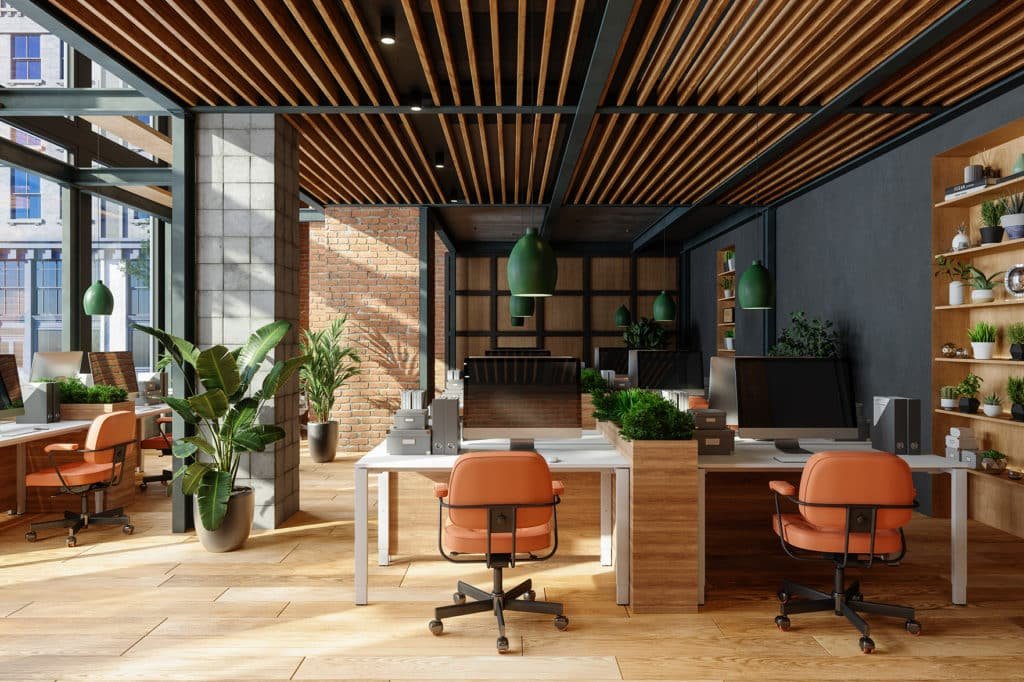
Smart Storage Solutions
Efficient storage is essential for organized workspaces. Modular shelving, under-desk drawers, and multifunctional furniture help reduce clutter. Smart storage solutions support productivity by keeping the environment clean and accessible.
Conclusion
Office furniture trends in 2025 focus on health, sustainability, flexibility, and aesthetics. Incorporating ergonomic designs, eco-friendly materials, technology integration, and adaptable layouts creates workspaces that enhance both comfort and efficiency. Businesses can achieve stylish, functional, and productive environments by embracing these modern furniture trends.

